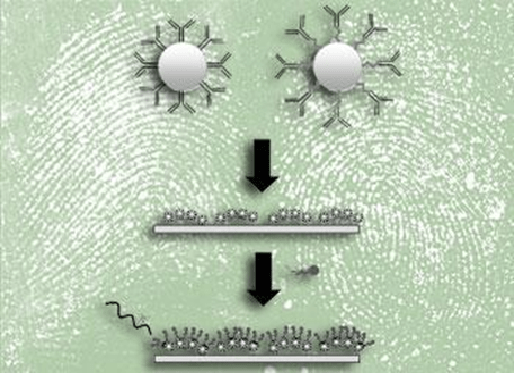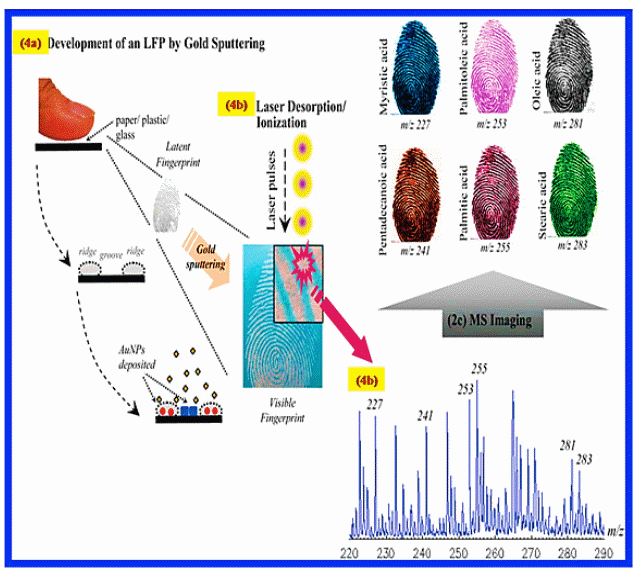You all must have heard about Fingerprinting and its uniqueness even in twins, but have you ever come across something called Molecular Fingerprinting? Let’s talk about it. Nowadays scientists are working to extract more & more information from a very important piece of evidence, our fingerprints.
The several fingerprint-development techniques have been employed to examine molecules like DNA, amino acids, chemicals, medicines, and explosives for pontification. This study gives the 4th level of information regarding molecular fingerprinting. Using this technique, Investigators, Prosecutors, and Government organizations have a strong tool for identifying people to create a molecular profile of criminal suspects thanks to this new high-end technology “Fingerprint Molecular identification” (FMID).

The Fingerprint Molecular Identification technique assists in identifying a person’s gender, their habits like smoking or chewing tobacco, their use of prescribed medications & illicit substances, along with their touch on weapons like guns, or explosives by analyzing the latent print remnants. The chemicals found in fingerprint remnants are often excretory waste products from human physiological processes. This provides a likely identification of any compounds or minerals that the person has touched, consumed, ingested, inhaled, or exposed to the environment.

This technique can also tell us about the Geographical location, customs, profession, and lifestyle – such as daily for example shampoo, makeup products, hair serum, hair color, etc., all of which have an impact on the elements that are present in the fingerprint residue. Let`s for example consider how a person’s occupation can be revealed using this FMID. A person’s body may contain an abnormal amount of mercury if they are working with transformers or in the construction business. Like, abnormal Copper levels may reflect a person’s lifestyle or profession. Silica levels among workers in the iron and steel, copper utensil, and casual construction industries may be abnormal; calcium carbonate levels reveal the specific environment to which the individual is exposed. The most important here is the production of sweat. Our sweat- pH ranges from 4.0 to 6.8, with 6.3 being the m which is somewhat acidic. In a single day, the average human body excretes 300–700 mL of perspiration.
Human skin incorporates 3 types of sweat secretory glands:

FMID analyses our perspiration using sophisticated techniques like:
1. Energy Dispersive X-Ray Fluorescence Spectrometer (EDXRF)
2. Inductively Coupled Plasma-Mass Spectrometer (ICP-MS)
3. Ion Chromatography
4. Atomic Force Microscope (AFM)
